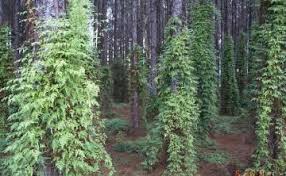
Restoring Degraded Land for Gopher Tortoises and Wildlife
Share
Restoration of degraded land into thriving wildlife sanctuaries is one of the most impactful aspects of conservation work. Gopher tortoises require specific conditions to flourish, such as well-drained sandy soils, open sunny areas, and abundant native vegetation. Many degraded landscapes, due to past development or neglect, lack these features. However, through dedicated restoration efforts, these lands can be transformed into vibrant ecosystems.
Restoration begins with assessing the current state of the land. Invasive plants are identified and removed, allowing native species to take root and recover. Reintroducing native plants not only improves soil health but also provides essential food and shelter for gopher tortoises and other species. Restoration efforts may also include creating open spaces by thinning overgrown vegetation and ensuring that the soil structure supports burrow-building.
The results of these efforts are far-reaching. Restored habitats not only support gopher tortoises but also create environments where other wildlife can thrive. These revitalized areas often experience increased biodiversity, becoming vital sanctuaries for countless species.

Featured Species: Ground Skink
The ground skink, a small, agile reptile, is one of the first species to return to restored habitats. These skinks thrive in the leaf litter and undergrowth of healthy ecosystems, feeding on insects and other small invertebrates. Their presence is a sign of successful habitat recovery, as they require stable, undisturbed conditions to thrive.
Ground skinks also play an important role in the food chain, serving as prey for birds, snakes, and small mammals. Their return indicates that restored habitats are supporting a full range of species interactions.
